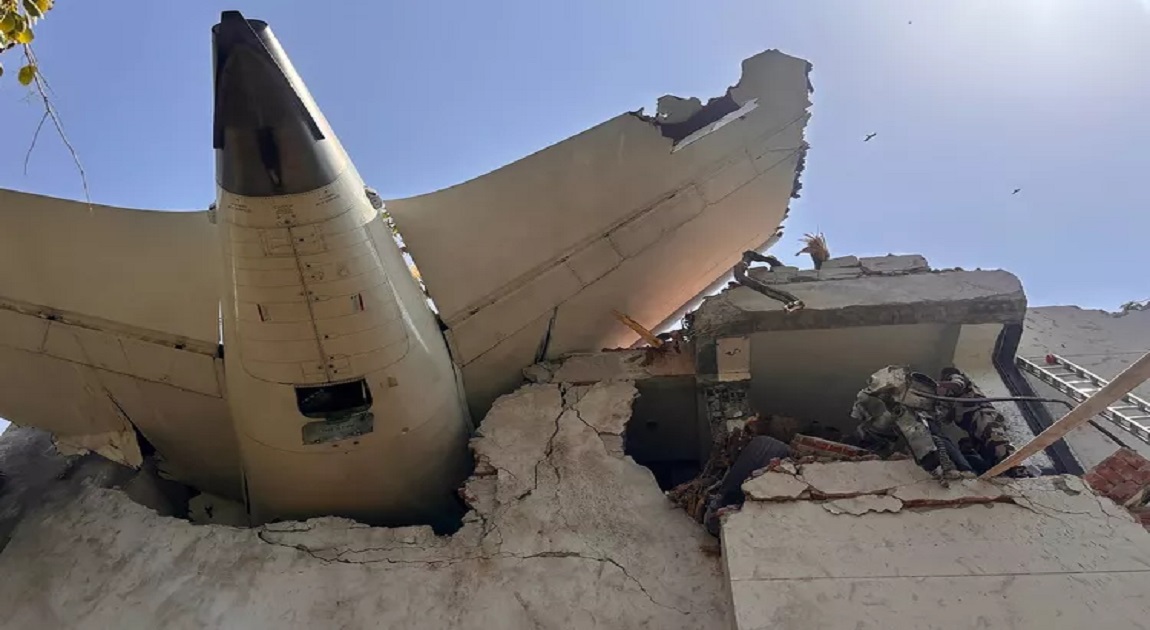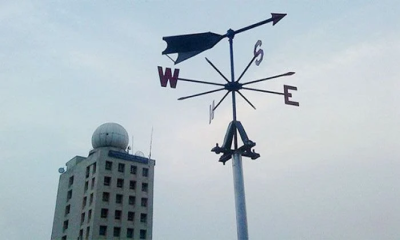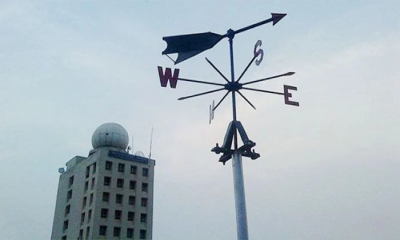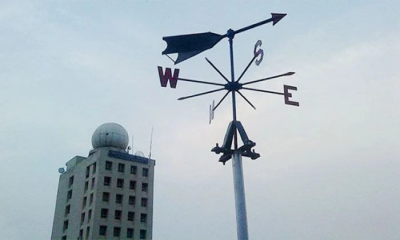A preliminary investigation into the fatal crash of an Air India aircraft near Ahmedabad has ruled out a bird strike as the cause and instead points toward a malfunction in the fuel system.
The incident, which claimed 260 lives—including 241 passengers and 19 individuals on the ground—is considered one of the deadliest aviation disasters in India’s recent history. Only one passenger survived.
On June 12, Air India flight AI171, a Boeing 787-8 Dreamliner, took off from Ahmedabad airport en route to London Gatwick.
Just seconds after takeoff, the aircraft crashed into a medical hostel building located approximately 0.9 nautical miles from the runway.
According to the 15-page preliminary report released by aviation authorities, both engines of the aircraft shut down mid-air just moments after liftoff.
The report states that the fuel cutoff switches for both engines moved from ‘Run’ to ‘Cutoff’ almost simultaneously, effectively halting the fuel supply.
Cockpit voice recordings captured one pilot questioning the engine shutdown, while the other denied initiating it.
Following the loss of engine power, the Ram Air Turbine (RAT)—a small propeller-driven device used in emergencies—automatically deployed to supply hydraulic power. CCTV footage confirmed the RAT activation seconds after takeoff.
Pilots attempted to restart the engines. Engine 1 showed partial signs of recovery, but Engine 2 failed to restart before the aircraft crashed. The entire flight lasted only 32 seconds.
Investigators found the thrust levers in the idle position upon recovery of the wreckage. However, data from the flight data recorder indicated that takeoff thrust was still active, suggesting a potential system disconnection or error.
Fuel quality tests confirmed that the aircraft was fueled with clean, uncontaminated fuel from a verified source.
Other technical parameters, such as flap settings and landing gear positions during takeoff, were within standard configuration. Weather conditions were favorable at the time of departure, with clear skies, good visibility, and light wind—ruling out environmental factors.
The report confirmed that both pilots were medically fit, well-rested, and had sufficient experience with the aircraft model.
There was no immediate evidence of sabotage. However, a known issue involving the fuel cutoff switches had previously been flagged by the U.S. Federal Aviation Administration (FAA). The report notes that the airline did not conduct any inspections in response to that advisory.
The aircraft was operating within weight and balance limits and was not carrying any hazardous cargo. The investigation continues, with a focus on possible mechanical or systemic failures related to the fuel control system.





























-20251227141313.jpeg)







